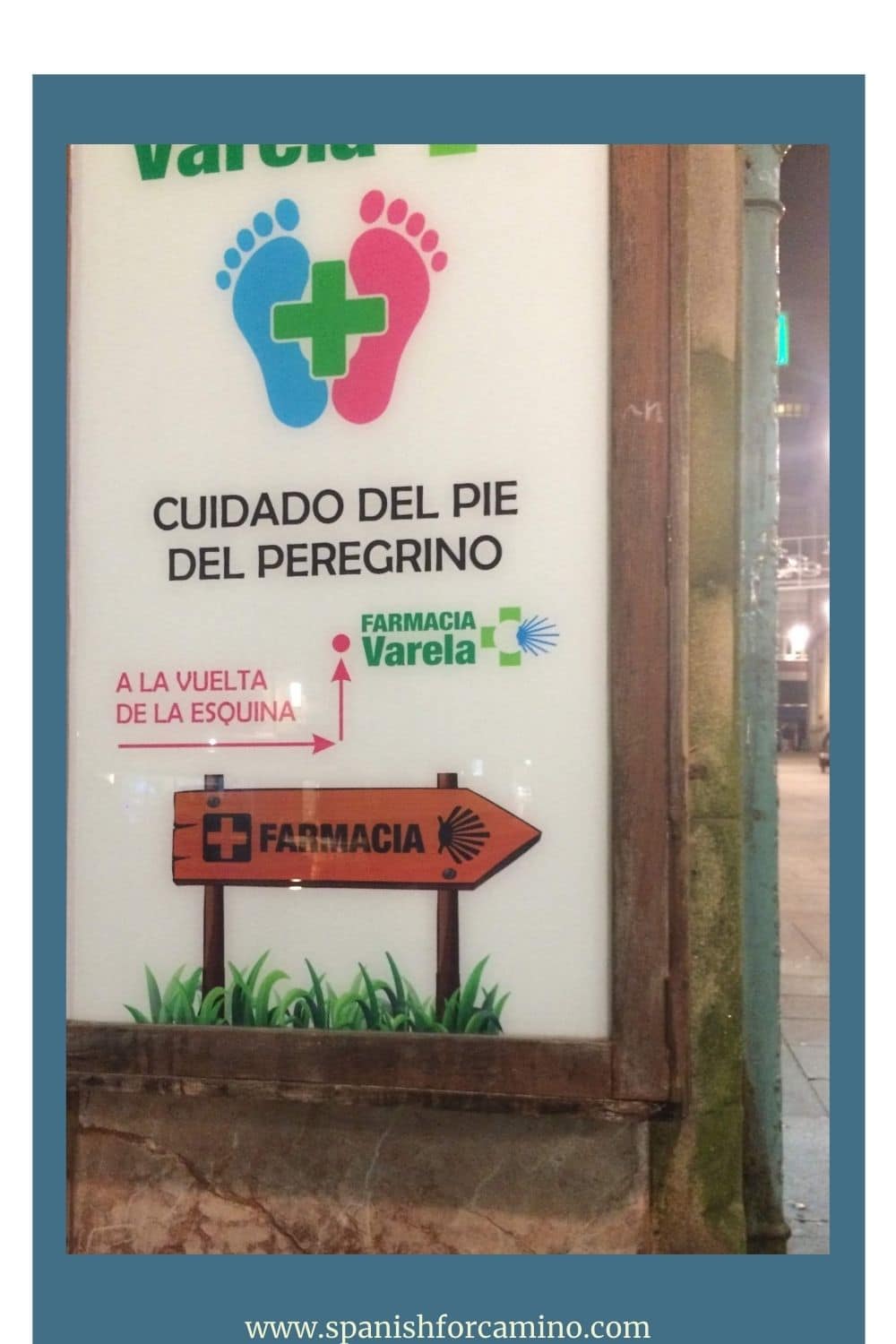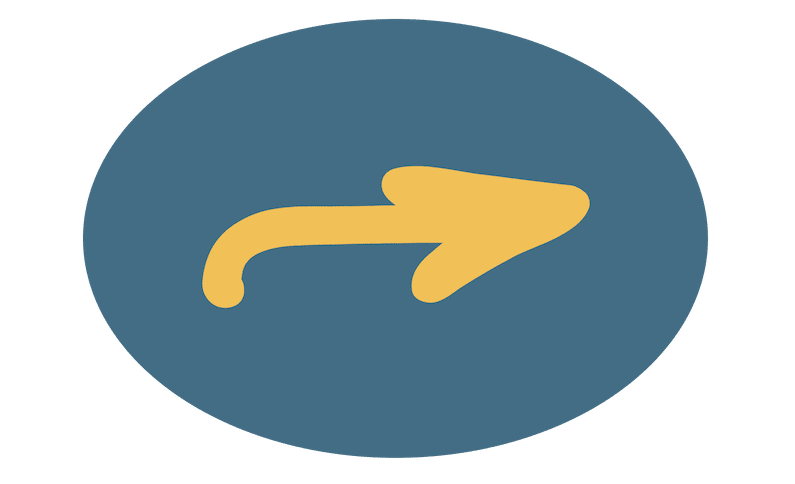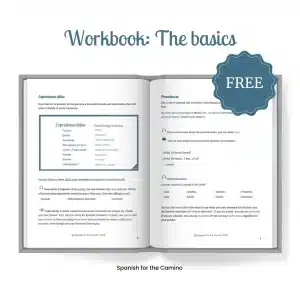El botiquín |
When you are packing your mochila you should leave some space for a small botiquín (first-aid kit). But what should it include? Of course, if you normally take any medications, make sure you pack enough of it, or find out if you can get it in Spain.
As I mentioned in previous posts, it’s important to keep your mochila as light as possible. As one experienced pilgrim advised us last week:
No “just in case” stuff. You can buy what you need in Spain.
And where can you buy health related items? The most obvious answer is a farmacia. Here you can get medicines, with or without prescription, as well as a long list of other items for your personal care.
The pharmacy sector is very regulated in Spain, which means you can’t just open a new farmacia anywhere you like. As a result, a few years ago a new type of business was created: the parafarmacia.
Basically, in a parafarmacia you can find the same stuff as in a farmacia, except for medicines: they sell tiritas and Compeed, creams (sun protection and others), personal hygiene products: from jabón (soap), to shampoo, to pasta de dientes (toothpaste)…
At times when shops are usually closed, such as late evenings and Sundays, there is always a farmacia de guardia (pharmacy on-call). All farmacias have to display a list of the farmacias de guardia in the area. The problem is that if you are in a small town, the nearest farmacia de guardia will probably be in the next town. Not very convenient!
That’s why it is a good idea to always carry a few basic items with you.
So, what should you carry in el botiquín?

Your pies (feet) are the most important part of your body when you are doing the Camino de Santiago and not looking after them properly can put an early end to your walk.
Ampollas (blisters) are the most common problem that pilgrims face. We should do whatever we can to prevent them, but sometimes they are inevitable. In previous posts I discussed calzado (shoes) and calcetines (socks), as well as vaselina and tennis balls. I have also read an article recently saying that paper tape could be an effective and cheap way to prevent blisters.
- If all of the above fails and you get ampollas, you will need aguja (needle) to drain the fluid (but don’t remove the skin!). Make sure your aguja is disinfected before you use it and that you also disinfect the area afterwards. Then you can cover it with tiritas or something similar.
- Depending on the time of the year when you do your Camino de Santiago, you might also need protector solar or crema solar (sun protection cream).
- Ibuprofeno is a Camino favourite is everyone’s botiquín. It works as an anti-inflammatory if you have any swelling, and as pain relief, too. And you can get it in different formats (gel, tablets and even powder to mix with water). As with any other drug, just make sure you check what the right dose is as well as the possible side effects and contraindications.
So, what are you planning to include in el botiquín? Or, if you already have Camino experience, what did you take? Did you have to buy anything?
Today’s words
Farmacia
Farmacia de guardia
Parafarmacia
Jabón
Pasta de dientes
Crema solar
Pies
Ampolla
Aguja
Ibuprofeno
Make sure you don’t miss any posts by subscribing for free here. That way, when a new post is out, you will get it in your inbox. And you’ll get exclusive content too.




Day 1, with sore feet and achy hip I stopped at a farmacia in Alverca, Portugal for naproxen. The American pronunciation of was not understood. When I wrote it down, there was no problem getying “naproxeno.”
When I had an attack of gout one Sunday, a kindly shopkeeper gave me some diclofenac creme. It didn’t work. A pilgrim from Australia gave me diclofenac tablets. Those worked, improving my ability to walk over a period of a couple of hours. Then another pilgrim helped find the farmacia that was open on Sunday, whete I was able to purchase indomethacin which is available only by prescription in the USA, as is diclofenac. Indomethacin is commonly prescribed for treating gout attacks, so I knew to ask for it, though I had supposed I might need a prescription. Fortunately that was not so and I was able to continue on the Camino the next day, nearly pain-free.
Lesson: if you are prone to gout, pack the usual medicine that you may have on hand, or you may have to resort to getting it at the farmacia at the first sign of gout. Indomethacin and diclofenac are available over the counter. Colchicine is another NSAID I have been prescribed for gout. I do not know if it is available without prescription.
Excellent advice, Gary. Thanks for sharing your experience!